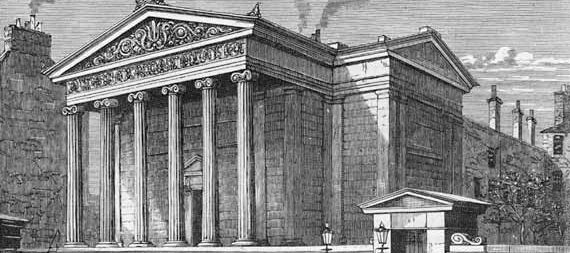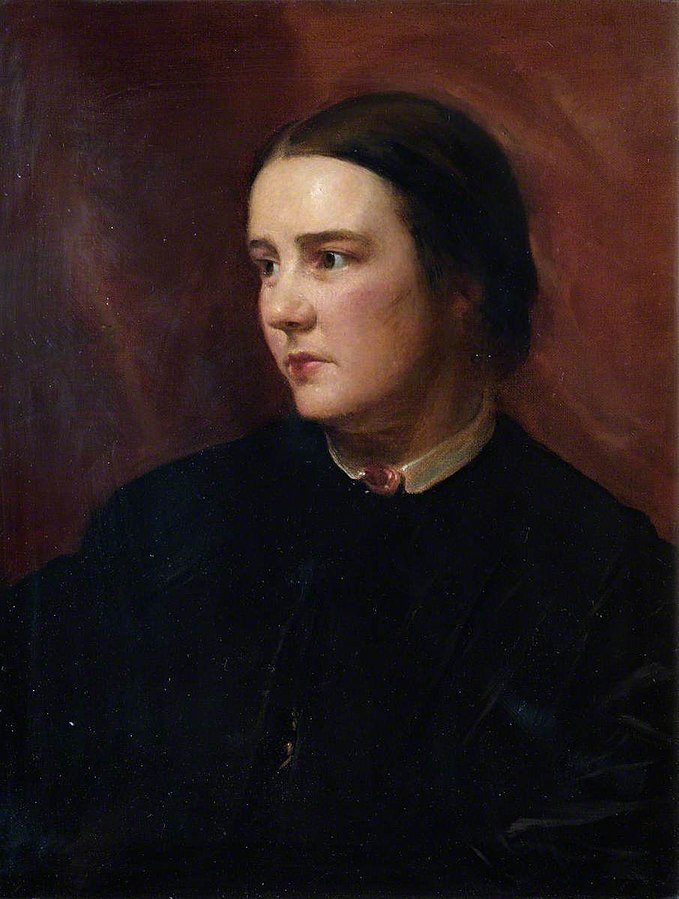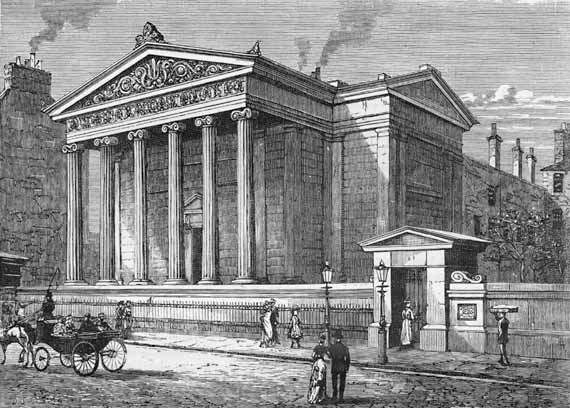The Edinburgh Seven

The Edinburgh Seven brought nationwide attention to the campaign for women to be able to attend university. They were the first female matriculated undergraduate students at a British university. The Edinburgh Seven was formed of: Sophia Jex-Blake, Isabel Thorne, Edith Pechley, Matilda Chaplin, Helen Evans, Mary Anderson and Emily Bovell. In 1869 they started studying medicine at the University of Edinburgh. However, it was ruled they never should have been accepted. This Women’s History Month, explore this chapter in Edinburgh’s history.
The Start of the Campaign
In 1869, Sophia Jex-Blake applied to study medicine. However, the University Court rejected her. They claimed they could not make arrangements for a woman to study medicine because it would only benefit one person. In response, Sophia advertised in newspapers for other women to join her.
They submitted a second application together. By the time the University Court accepted it, the group had grown to seven. They moved to 15 Buccleuch Place and studied for the matriculation exam. When they signed their names on the matriculation roll, the University of Edinburgh officially became the first British university to allow women to study there.
Learn more about important women from Edinburgh’s history with our blog about the women’s suffrage movement

Growing Hostility against the Edinburgh Seven
While the women were supposed to be treated as equal to male students, they had to attend separate classes. Due to the smaller class sizes, the university required that they paid higher tuition fees.
Edith Pechey achieved such high marks that they entitled her to the Hope Scholarship. However, there were concerns this would anger male students. Therefore, a male student with lower grades gained the scholarship.
The University Court held a debate in April 1870 to decide if women and men should attend the same classes. This would have reduced the tuition fees women had to pay to be equal to what their male counterparts pay. Unfortunately, two professors spoke against it. Their comments even gained the attention of the national press and made multiple professors who had previously supported female students turn against them.
Male students also became more hostile towards the female students, which professors encouraged. Things only became worse.
The Surgeon’s Hall Riot
On Friday 18 November 1870, a crowd blocked the female students from reaching an anatomy exam at the Surgeon’s Hall. Over a hundred people had gathered to deny them entry.
When the women arrived, people began to throw things at them and shout insults. Finally, they managed to reach the main entrance of the building, but found the gates closed and locked. Eventually, a sympathetic student unlocked it to allow them entry.

After the exam, they declined the opportunity to leave through a side gate. Instead, the horrific events gained attention and support from a group of male students who walked them back to their homes. The group also walked them to and from classes for the weeks that followed to offer them some security.
The riot gained national attention from newspaper coverage. More female students joined their classes, and support came from across the country. The General Committee for Securing a Complete Medical Education for Women formed. It had hundreds of members, including Charles Darwin.
Discover more of Edinburgh’s hidden history by following us on Instagram, Facebook, Twitter and TikTok.
The Edinburgh Seven After University
Unfortunately, after all their hard work, the women lost their fight to graduate. In 1873 The Court of Session ruled that they should not receive their degrees. Even worse, they also ruled that they never should have gained acceptance to the university.
Five of the original seven women completed their degrees abroad in the later 1870s. Sophia Jex-Blake returned to Edinburgh and opened the Edinburgh School of Medicine for Women in 1886. She was the city’s first female doctor.
In 1892 the University of Edinburgh and other universities in Scotland started to accept women. The Universities (Scotland) Act of 1889 forced this decision. However, they declared medicine the only exemption to the rule that men and women could attend the same classes.
To hear this story and learn about other remarkable women, join us this Women’s History Month for our (Her)story tours.









